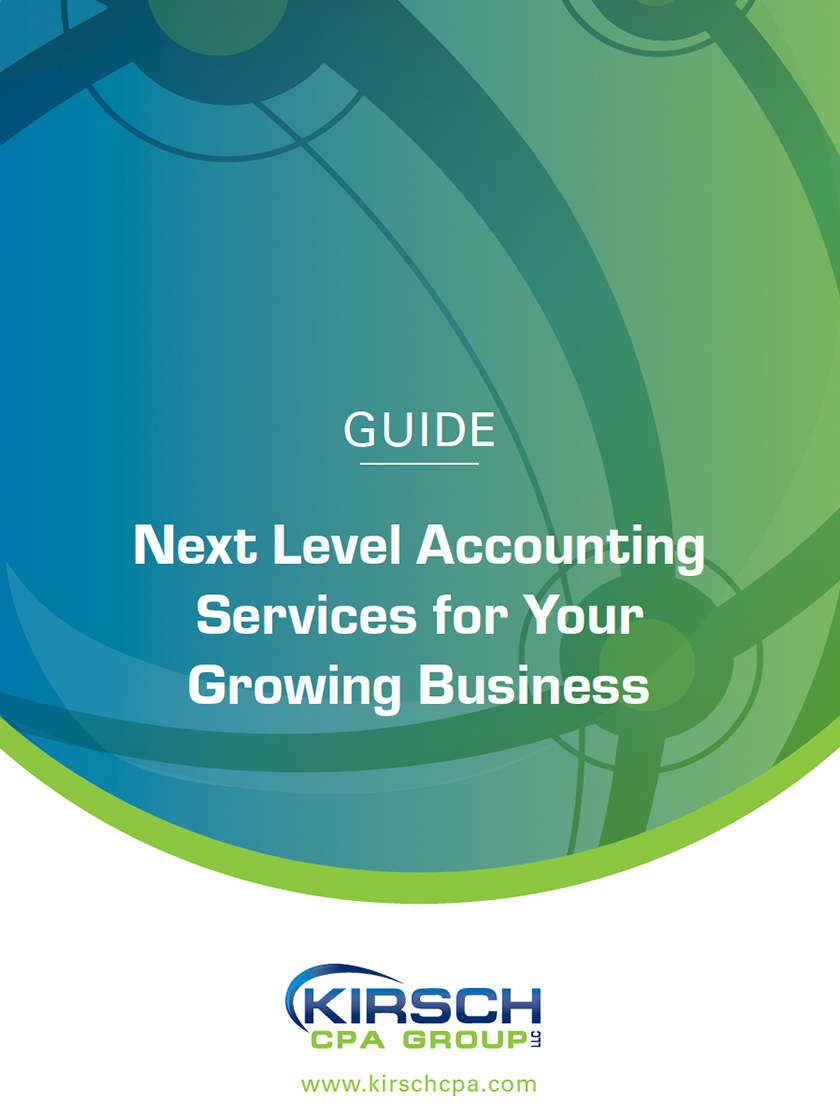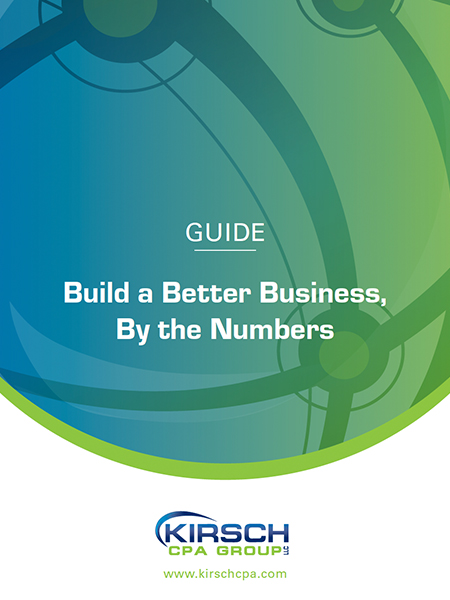Food for Thought When Making Year-End Charitable Contributions
Dec 05, 2013
Before slicing into their Thanksgiving turkeys, most Americans pause to give thanks for their good fortune. And, in the spirit of the holidays, many give to those in need. The average charity receives about 40 percent of its annual contributions between Thanksgiving and New Year’s Day, according to Charity Navigator, a not-for-profit watchdog organization.
|
Our sympathies go out to the people of the Philippines and their families in the wake of Typhoon Haiyan. The devastation caused by this natural disaster has been widespread, leaving many cities and villages in ruins. According to the latest damage reports issued by a Philippines national crisis management agency, nearly 8,000 people died and more than 36,000 are injured. Thousands more remain missing. As relief efforts work tirelessly to provide aid to and reconstruct the Philippines and its surrounding islands, con artists see the disaster from a different angle — as an opportunity to steal donations and personal information. Following Typhoon Haiyan, the IRS issued a consumer alert about scams in which fraudsters impersonate charities using bogus websites or mimicking the names of legitimate charities. Such fraudulent schemes may involve contact by telephone, social media, e-mail or in-person solicitations. Unfortunately, these scams have become commonplace in the wake of natural disasters. Follow these IRS tips to avoid falling victim a disaster relief scam:
The FBI warns against opening unsolicited e-mails from disaster relief organizations, which may contain viruses. Also, don’t click on suspicious links, which may navigate you to copycat websites. If you fall prey to a disaster relief fraud scam, report it to the National Center for Disaster Fraud hotline at 866-720-5721. |
Who’s Giving (and How Much) in 2013?
More than half of individuals (57 percent) plan to donate to charity during the 2013 holiday season, according to a survey by Ask Your Target Market. A closer look found that:
- 46 percent will make a direct monetary contribution,
- 64 percent will give to a third party (such as a retailer who collects donations at checkout),
- 24 percent will give gifts (through such programs as giving trees or adopt-a-family),
- 63 percent will donate home goods or nonperishable food items, and
- 22 percent plan to volunteer their time.
Charity Navigator estimates that individuals will donate at least $100 billion to charities during the 2013 holiday season, a level that’s on par with the last few years.
Another charitable gift giving trend worth noting is Giving Tuesday, which will take place on December 3, 2013. Unlike Black Friday or Cyber Monday, which focus on shopping, Giving Tuesday is a day dedicated to making year-end charitable contributions.
Charitable Deductions: IRS Gift to Taxpayers
One of the biggest reasons people decide to open their pocketbooks at year-end — beyond the altruistic spirit of the holidays — is that charitable gifts are tax deductible if you itemize on your tax return. You may generally deduct up to 50 percent of your adjusted gross income — without regard to net operating loss carrybacks — but 20 percent and 30 percent limitations apply in some cases.
If you want a contribution to reduce your 2013 tax bill, you need to act beforeyou ring in the New Year, however. A donation paid by credit card is deductible in 2013 as long as it posts on your statement before Jan. 1, 2104 — even if you don’t actually pay the bill until later in 2014. Payments by check can be deducted in 2013 as long as they’re postmarked by December 31, 2013.
Securing Your Deduction
If you’re audited by the IRS, the tax agency will probably scrutinize your charitable deductions. So, always keep copies of all supporting documents. For example, cash contributions require a bank record or written communication from the charity that details the name of the charity, as well as the date and amount of the contribution. Bank records include:
- Canceled checks,
- Bank or credit union statements, and
- Credit card statements.
If you donate cash or property worth $250 or more, ask the charity for a contemporaneous written acknowledgement (in other words, a receipt) that describes the nature of the donation and a good faith estimate of the value of the goods or services.
The value of cash gifts is easily determined, but the value of other goods and services is less clear. All clothing and household items (such as furniture, electronics, appliances and linens) must typically be in “good used” condition (or better). If not and you deduct more than $500 for the item, you must include a “qualified appraisal” with the return.
Deductions of non-cash items worth more than $500 require you to attach a completed IRS Form 8283 with your return. Non-cash property worth more than $5,000 requires you to obtain a qualified appraisal. If an item’s worth more than $500,000, attach a copy of the qualified appraisal to your tax return. Special rules apply for donations of vehicles, boats and planes.
You also can deduct only the fair market value of a donation to the extent that it exceeds the benefits you receive with the donation (for example, if a contribution entitles you to admission to a charity ball or a sporting event).
Additional Due Diligence
Before writing a check or donating new or used items, visit the IRS website to confirm that the recipient is a “qualified” exempt organization. If not, your contribution isn’t tax deductible. Contributions made to foreign organizations — except donations made to certain Canadian not-for-profits — are generally not tax deductible either.
To protect your donations from bogus charities — such as the disaster relief frauds discussed in the above sidebar — also research these three attributes about your preferred charity:
Accountability and transparency. The charity should make it easy for you to research its good deeds and spending habits. Be skeptical of charities that don’t openly share information — including financial records — with stakeholders.
Fiscal health. Charities that know how to effectively solicit donations (think, cash inflows) and are efficiently run (think, cash outflows) have money left over to pursue their goals and reach more of those in need.
Results. Charities have good intentions, but the proof is in the results, not the mission. Talk to volunteers. Visit the organization’s website. See how many activities they’ve organized and people they’ve served over the last year. Testimonials speak volumes about the difference a charity is really making.
Value-Added Gift Giving
Giving to those less fortunate isn’t just emotionally rewarding, it also offers tax benefits, as long as you play by the IRS rules. Consult your tax adviser regarding any questions you have about your year-end charitable gifts.
Sign Up for Email Updates
Accounting & Financial News

Tax Update: What the “One Big Beautiful Bill” Means for You
On July 5, President Trump signed the One Big Beautiful Bill Act (OBBB) into law—a sweeping tax…

Track These Key Metrics to Boost Your Transportation Profits
Successful companies don’t guess their way to profitability — they track it.
Key performance indicators (KPIs) offer logistics and…
 IRS Cautions against Bogus Disaster Relief Charities
IRS Cautions against Bogus Disaster Relief Charities



